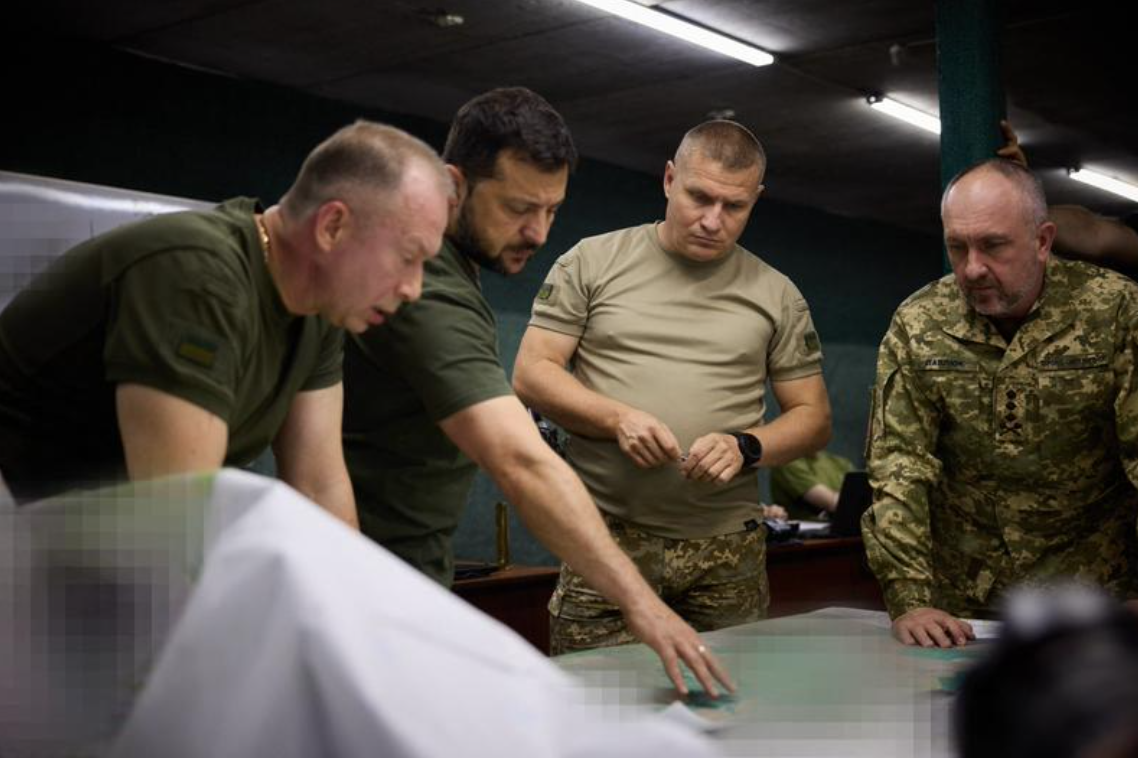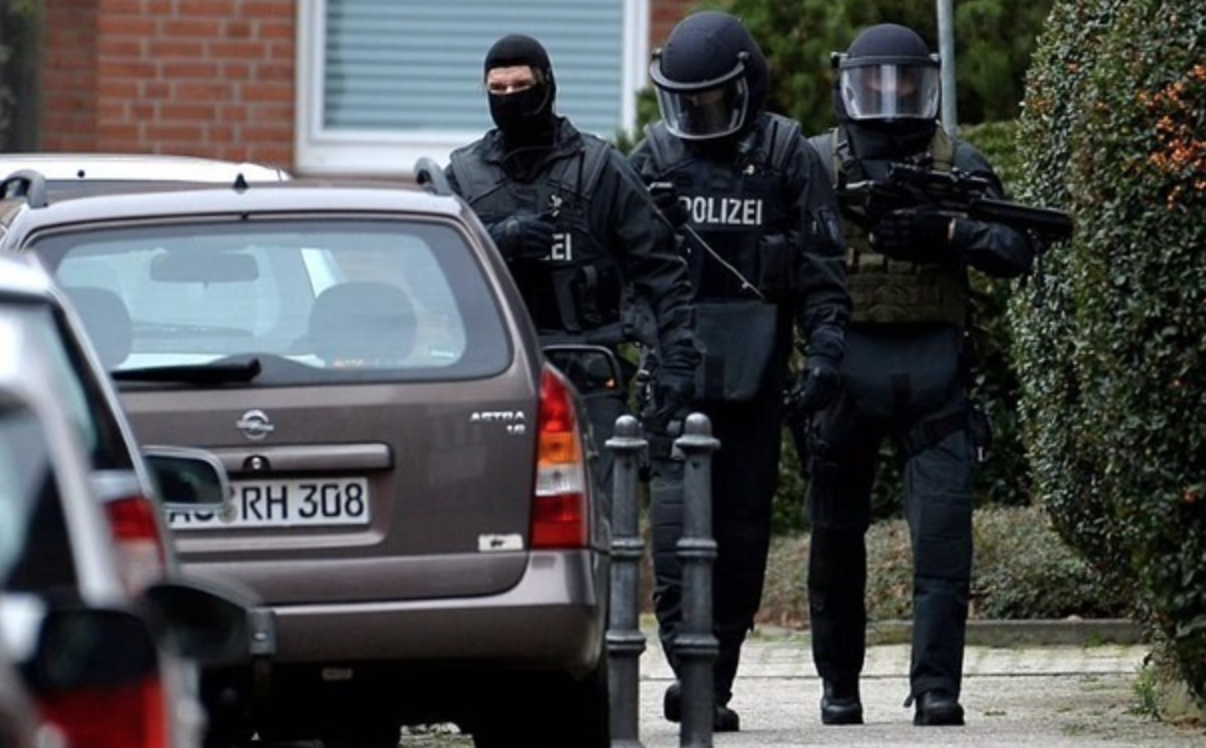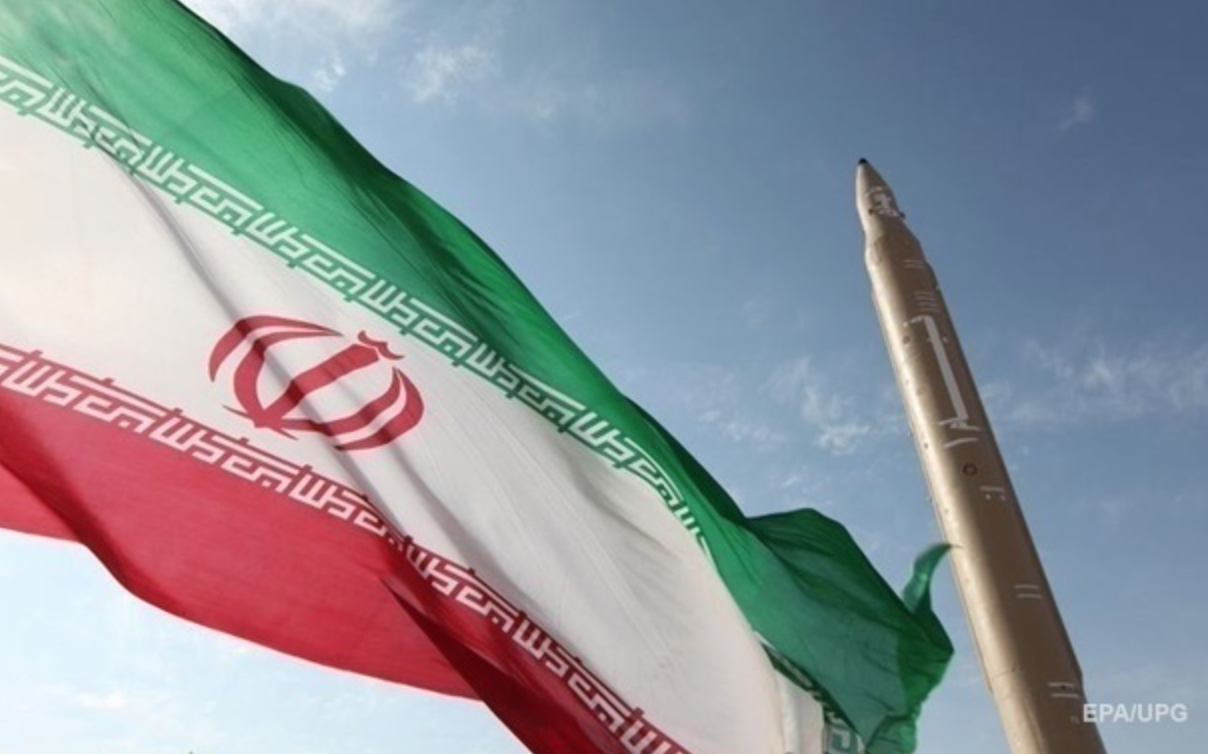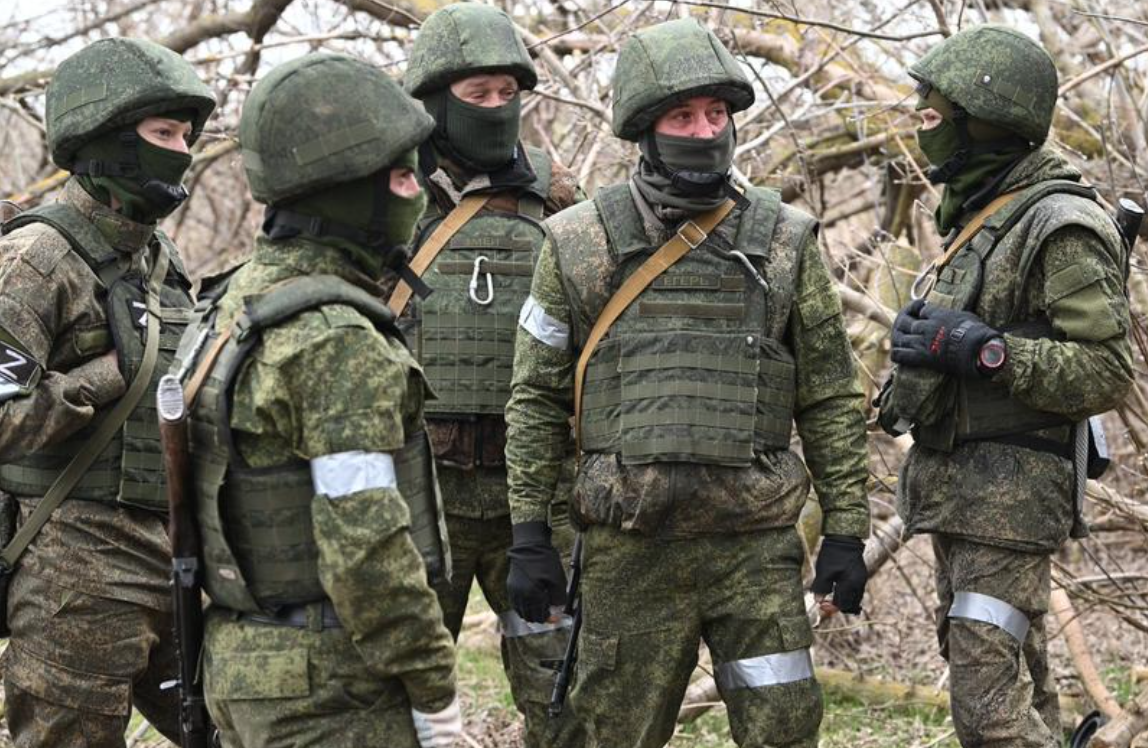Foto:Depositphotos
In recent months, tens of thousands of Palestinians who fled the war in the Gaza Strip live in Cairo. An article in The New York Times describes the hardships these refugees face, with little job prospects, dwindling savings, and unable to send their children to local public schools.
In Gaza, they owned olive trees, flower gardens, factories, shops and houses, which they tended for decades. They had memories recorded in family photos, trinkets and embroidered shawls. Now stuck in rented apartments overlooking Cairo’s concrete jungle, Palestinians are left with a lack of jobs, financial stability and education for their children.
Shirin Sabbah, a 25-year-old translator from Gaza, says that leaving her home was extremely difficult. “It’s like you’re being eaten from the inside,” she shares. The house where she and her sisters grew up was destroyed, and their olive and citrus groves destroyed. Now they are trying to survive in a new but strange world.
According to Nakhla al-Bashti, a 60-year-old woman who arrived in Egypt in December, she misses the fruit trees in her old yard. “We want to get our real lives back,” she says.
The article also notes that the Egyptian authorities are wary of Palestinian refugees, fearing a threat to national security. Meanwhile, refugees continue to live in uncertainty, without legal status and the ability to plan their future.
The full text of the article can be read on the website of The New York Times.

















